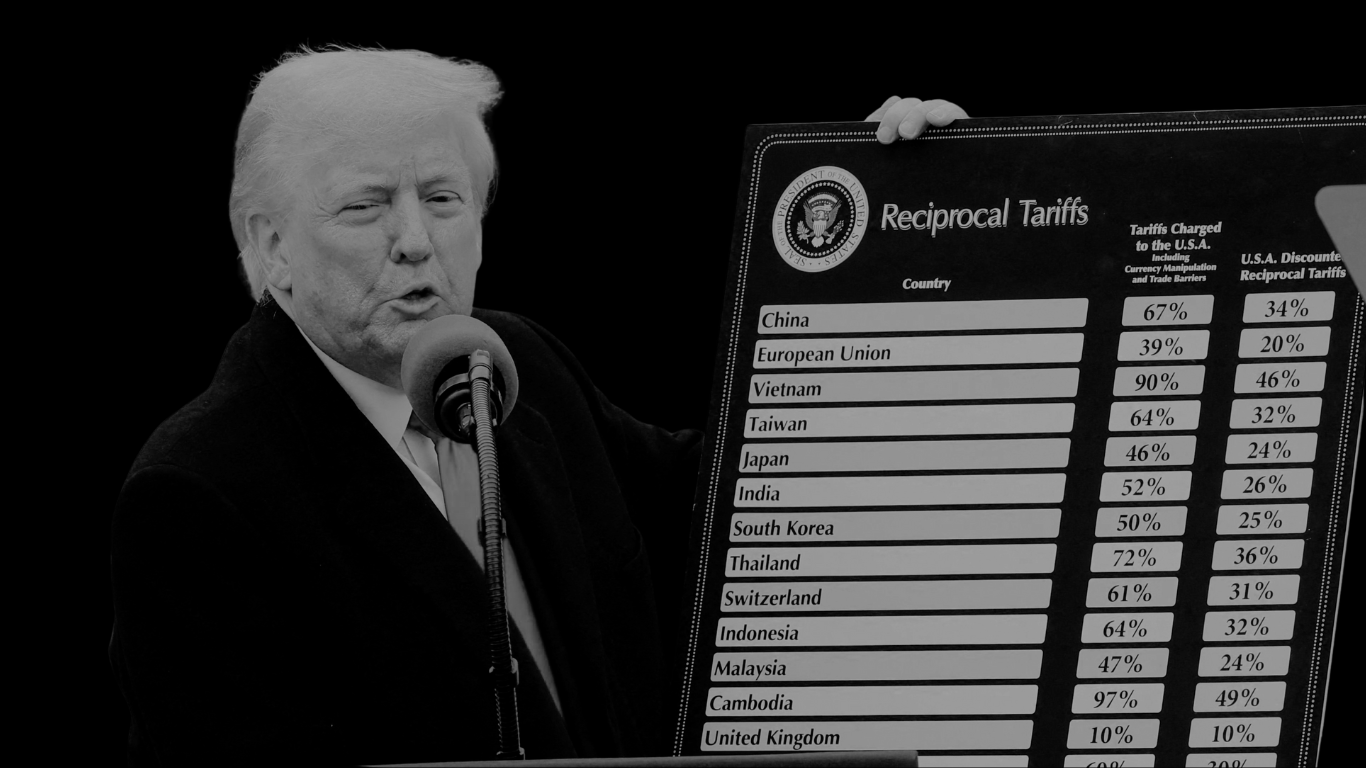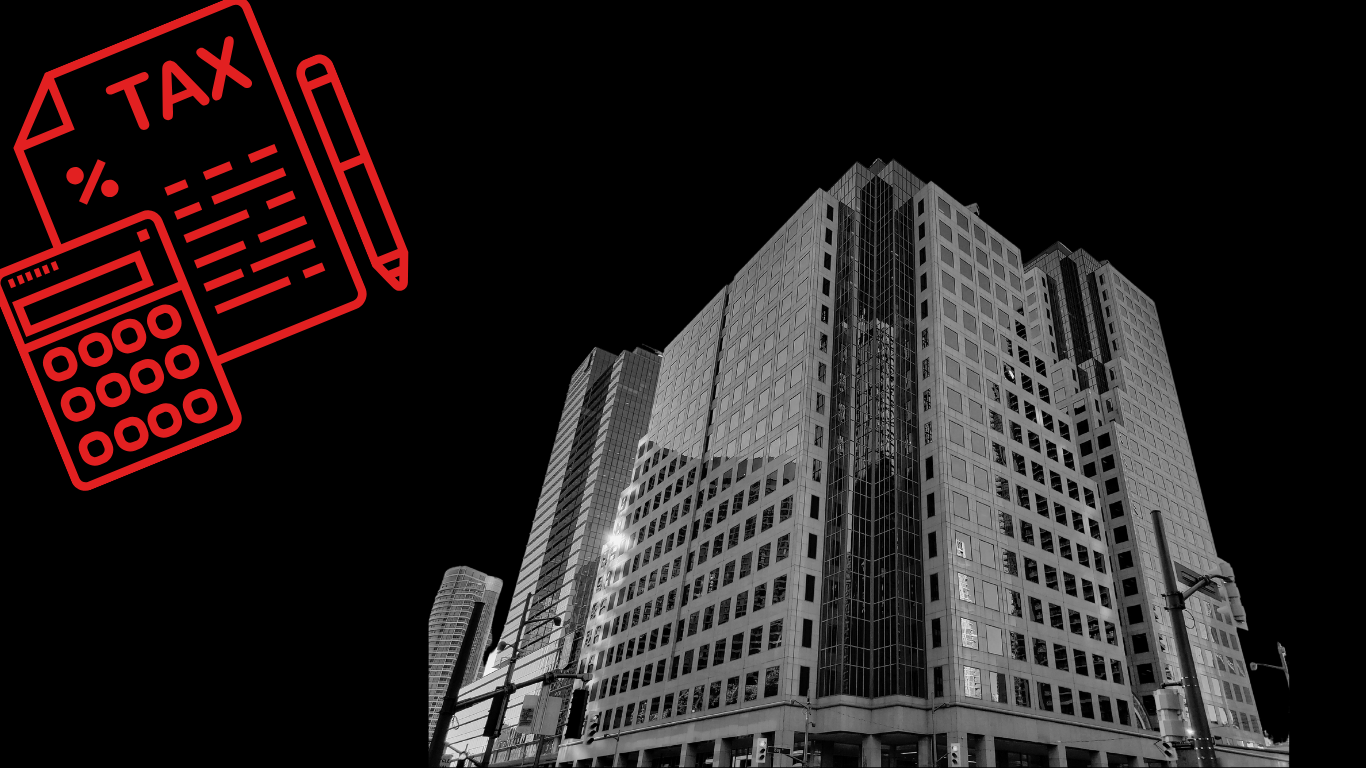Diesel bad, electric goodish
The benefit of having a company car is taxed as a percentage of the vehicle’s list price when new. For 2018-19 this percentage will range from 13% for a car with zero CO2 emissions, to 37% for emissions of 180 g/km or more.
Diesel cars tend to have lower CO2 emissions than petrol-powered vehicles of a similar engine size. However, diesels also emit more harmful particles, so a diesel supplement is added to the percentage of list price to increase the taxable benefit of using a diesel company car.
From 6 April 2018 this diesel supplement will increase from 3% to 4%, so the cleanest diesel will be taxed at 17% of list price and those with CO2 emissions of 160 g/km or more will be taxed at 37% of list price.
This tax increase applies only to cars, not to commercial vehicles. The benefit of using a company van for private journeys, other than ordinary commuting, will be taxed at a flat £3,350 per year for both petrol and diesel engines in 2018-19. Drivers of electric vans were taxed on £646 for 2017-18, but this benefit is more than doubling to £1,340 for 2018-19.
Vehicle excise duty (VED) or ‘road tax’ will also be tweaked to discourage the purchase of diesel cars. The VED for new diesel cars registered on and after 1 April 2018 will be charged as if the car was in one band higher. This will add £20 to the VED for the smallest diesel cars, and up to £400 for the largest diesel cars, but it will only have an impact on the VED for the first year the car is registered.
Who can claim the marriage allowance?
When an individual is married or in a civil partnership and has little or no income so that they don’t use their entire personal allowance (£11,500 for 2017-18), that person can elect to transfer 10% of their allowance to their partner. This is called the marriage allowance.
The recipient must pay tax at no more than 20%. Thus, the allowance is worth a maximum of £230 for 2017-18 (£1,150 x 20%).
Once the election for the marriage allowance is in place it continues to apply until it is revoked, the couple divorce, or one of them dies. Sadly, the opportunity to claim the marriage allowance is often only recognised when one of the partners has died, and in that case it can be too late to claim, because the marriage no longer exists.
The law will be changed on 29 November 2017 to allow claims for the marriage allowance to be made on behalf of a deceased person. Any claim for the marriage allowance can be back-dated up to four years, but not to a year earlier than 2015-16. This extension of the allowance to couples who have been separated by death will allow widows or widowers to resubmit a claim where it has been refused in the past.
VAT, MTD and fraud
Registration
The UK’s VAT registration threshold is the highest in the EU at £85,000; some people argue that it holds back growth as businesses deliberately reduce sales to remain outside the VAT net. This may be true and the Treasury is going to look at how the VAT ‘cliff edge’ can be managed better.
In the meantime, the VAT registration threshold will be frozen at £85,000 until at least 2020 and the deregistration threshold will also be fixed at £83,000. This helps you predict whether you will have to be VAT registered as at 1 April 2019.
This is the start date for the Making Tax Digital (MTD) regime, when all VAT-registered businesses with turnover above £85,000 will have to keep all their accounting records digitally and report their VAT figures quarterly to HMRC using accounting software.
Construction
The Government believes there are many ‘fly by night’ firms in the construction industry who charge VAT to their customers, then disappear before paying that VAT over to HMRC. To tackle this problem a reverse charge system for VAT will be introduced in October 2019 which will shift the VAT charge from the supplier to the customer. Businesses in the construction industry will have to adapt their account systems to cope with this change.
Online
Traders who sell online, and don’t charge VAT when they should, undercut honest UK traders who correctly charge VAT to their customers. From early 2018, online market places will be jointly and severally liable for VAT payments due on the goods sold through their site. The website will also have to display each seller’s VAT number and check that each number is valid.
Changes for companies
Bad news
When an asset is sold for a profit, part of its increased value since acquisition is due to the general rate of inflation. Since 1 April 1982 companies have been able to exclude the inflationary element from taxable gains by deducting the indexation allowance. This reduces a chargeable gain by the effect of inflation as measured by the retail price index (RPI) over the period of ownership.
The allowance will be frozen from January 2018, so gains on disposals will be reduced by the effect of the increase in the RPI from the month the asset was acquired to December 2017.
Landlords who hold their properties within a company benefit from the indexation allowance, but individual landlords who hold their properties in their own names can’t deduct the indexation allowance on sale.
Good news
The rate of corporation tax has been fixed until 1 April 2020 at 19%; it will then drop to 17%.
Additional tax relief is being given for spending on R&D projects from 1 January 2018, as the R&D expenditure credit (RDEC) will increase from 11% to 12%. This will generally benefit large companies, but smaller companies which undertake R&D work subcontracted out by larger concerns will also benefit from this change.
Business rates and staircases
The ‘staircase tax’ is an increase in business rates suffered by businesses who occupy two or more sections of a shared building. Each section must be treated as a separate rateable unit if it is not possible to move between the sections without entering a common area (such as a staircase or corridor).
Philip Hammond has now promised to change the law to eliminate the staircase anomaly and to refund businesses any extra rates they have had to pay since the ‘staircase tax’ was applied.
From April 2018 the annual increase in rateable values will be based on the consumer price index (CPI), rather than the RPI, which tends to produce a higher measure of inflation. Also, revaluations for business properties will be undertaken every three years instead of every five, reducing the incidence of steep increases in business rates.
SDLT help for first-time buyers
First-time buyers can now take advantage of a permanent exemption from stamp duty land tax (SDLT) when purchasing a property which they intend to occupy as their main home.
The exemption removes the SDLT charge for the first £300,000 of the purchase price, for deals completed on and after 22 November 2017. If the purchase price is more than £500,000 the exemption doesn’t apply and the normal SDLT rates will be charged.
All the buyers must qualify as first-time buyers, so none of them can have owned a residential property or any interest in a home, located anywhere in the world. Parents who help their children fund the purchase of a property must not let their names be included on the deeds, as that will block the SDLT exemption if the funding parent has previously owned a home.
This exemption doesn’t apply to properties in Scotland, which are subject to Land and Buildings Transaction Tax. It will only apply to purchases of homes in Wales until 31 March 2018, as the Welsh Land Transaction Tax applies from 1 April 2018.
Non-resident property owners
When UK property is held by overseas landlords, the rental income should be taxed in the UK, but any gains made on selling the property often escape UK tax. Since 6 April 2015 non-resident individuals and private companies must pay non-resident capital gains tax (NRCGT) on any gains accrued since that date when they sell UK residential property.
Gains made from selling commercial property and any gain attributed to periods before April 2015 still escape UK tax, which encourage the holding of properties through companies based in tax havens.
The Government is proposing to extend NRCGT to gains made from any type of immovable UK property, when it is sold by non-resident corporations or individuals from April 2019. Only the gain which accrues from April 2019 onwards will be taxed in the UK.
The new tax charge will also apply to indirect property-related gains, where a property-rich entity (one where 75% or more of its gross asset value is represented by UK immovable property) is sold instead of the property it holds.
The NRCGT is charged at the rates which would have applied if the vendor had been resident in the UK when the sale took place. The sale must be reported to HMRC within 30 days of completion, and if the vendor is not already registered with HMRC, the tax must also be paid within 30 days of the sale.
Employee benefits and expenses
Employees who charge their electric vehicles at work without being required to pay for the electricity have received a benefit of free power. Few employers would recognise this as a taxable benefit, but from April 2018 the law will be changed to make it clear there is no taxable benefit for this.
When employees travel abroad on business, processing their travel and subsistence expenses can be a big headache. HMRC publishes a list of concessionary scale rates which can be used to reimburse employees, instead of checking every receipt. These rates will be written into law from 6 April 2019.
Members of the Armed Forces choosing to live in privately rented accommodation or in their own homes are at a cost disadvantage compared with those who stay in MoD-provided housing. From Spring 2018 the MoD will pay a tax-free and NIC-free allowance to those serving in the UK to help pay rent or maintenance costs.
Crown employees of the Royal Fleet Auxiliary have been allowed to claim the seafarers’ earnings deduction on a concessional basis if they work away on a ship for a year or more outside UK waters. The law will be changed to give them certainty that they can claim the deduction if all the other conditions are met.
Tax Data 2018-19
All figures are annual amounts
Allowances
Personal allowance £11,850
Tapered on income above £100,000
Transferable to spouse/ civil partner taxed at 20% £1,185
Trading income £1,000
Property income £1,000
Rent-a-room £7,500
Tax on earnings
Earnings to £34,500 20%
£34,501 to £150,000 40%
Over £150,000 45%
Thresholds for Scottish taxpayers TBA
Tax on interest
First £5,000 0%
20% taxpayers £1,000 @ 0%
40% taxpayers £500 @ 0%
Balance taxed at marginal rates
Tax on dividends
First £2,000 0%
Balance in band to £34,500 7.5%
£34,501 to £150,000 32.5%
Over £150,000 38.1%
National insurance
Class 1 employers 13.8% over £8,424
Under 21 (apprentices 25) 0% to £46,350
Class 1 employees 12% on £8,424 to £46,350;
plus 2% above £46,350
Class 4 self-employed 9% on £8,424 to £46,350; plus 2% above £46,350
Class 2 self-employed £153.40
Not payable if profits under £6,205
Class 3 voluntary £761.80
Employment allowance
Set against employer’s Class 1 NIC £3,000
(Not available for one-person companies)
Pension contributions
No earnings £3,600 gross
Otherwise 100% of earnings
Annual contribution caps:
No pension taken £40,000
Some pension taken £4,000
Adjusted income over £150,000:
annual cap tapered to £10,000
Lifetime pension fund cap £1,030,000
Corporation tax
All profits 19%
VAT
Registration turnover £85,000
Deregistration turnover £83,000
Standard rate 20%
Reduced rate 5%
Inheritance tax
Nil rate band £325,000
Residence nil rate band £125,000
Excess taxed at 40%
Where 10% left to charity 36%
Capital gains tax
Within basic rate tax band 10%
Higher tax bands 20%
Surcharge for residential property and carried interest 8%
Entrepreneurs’ relief 10%
Annual exempt amount £11,700









































































































































































































































































































































































































































































































